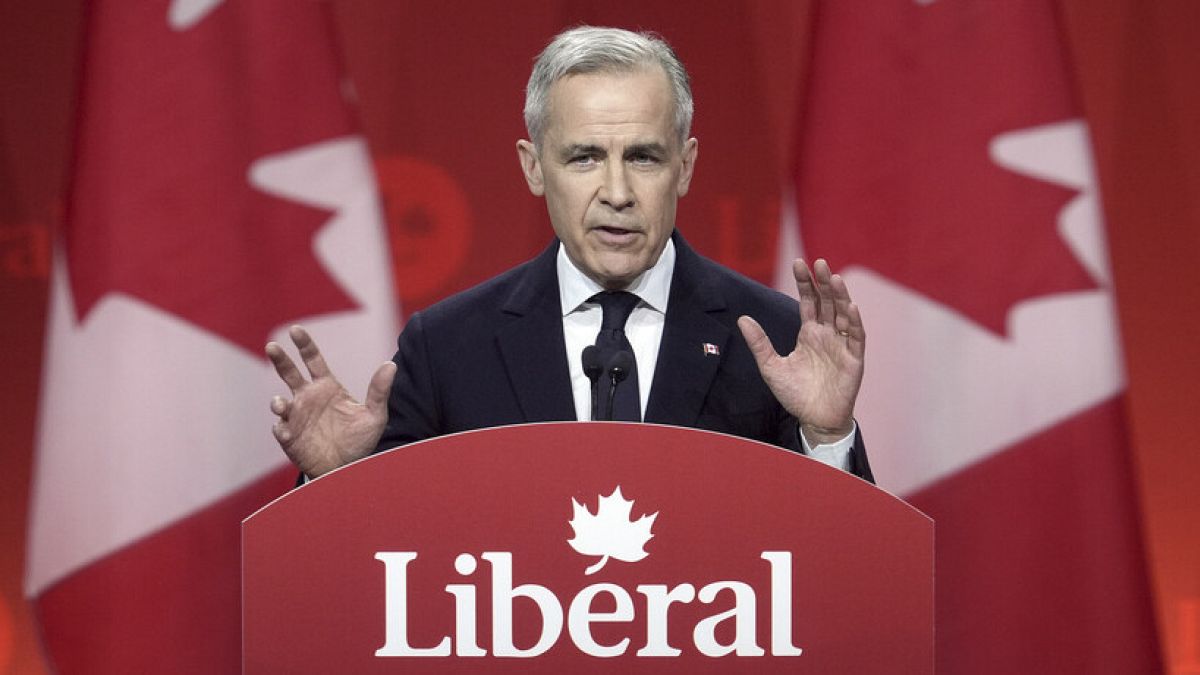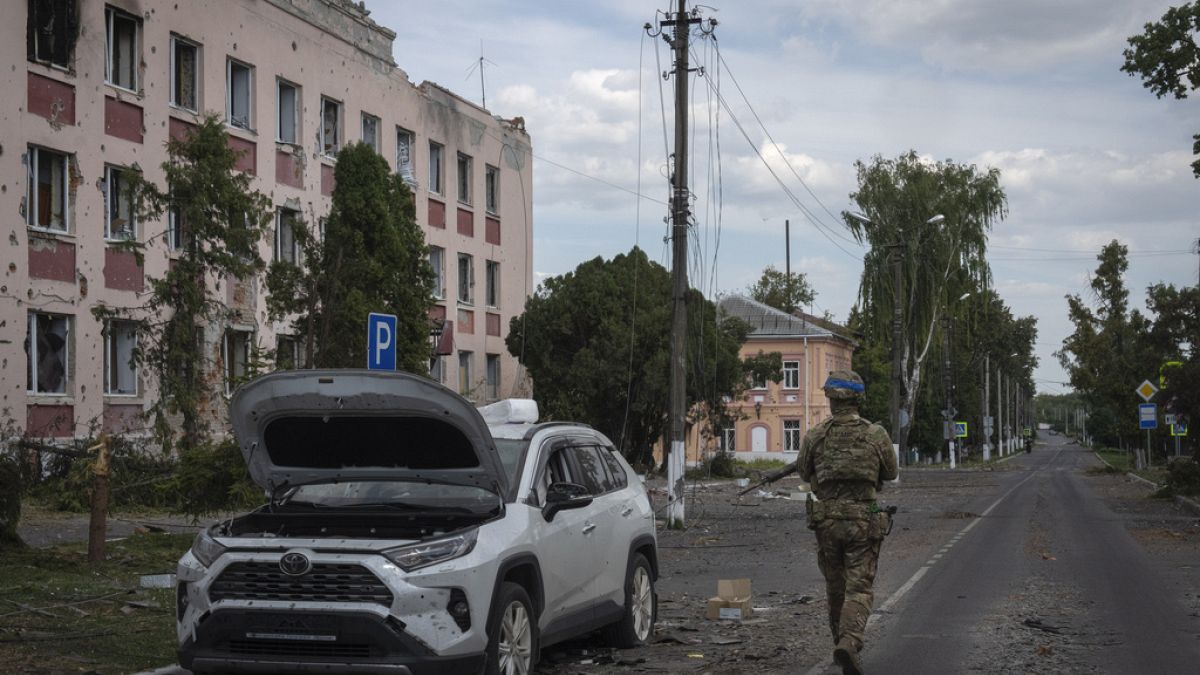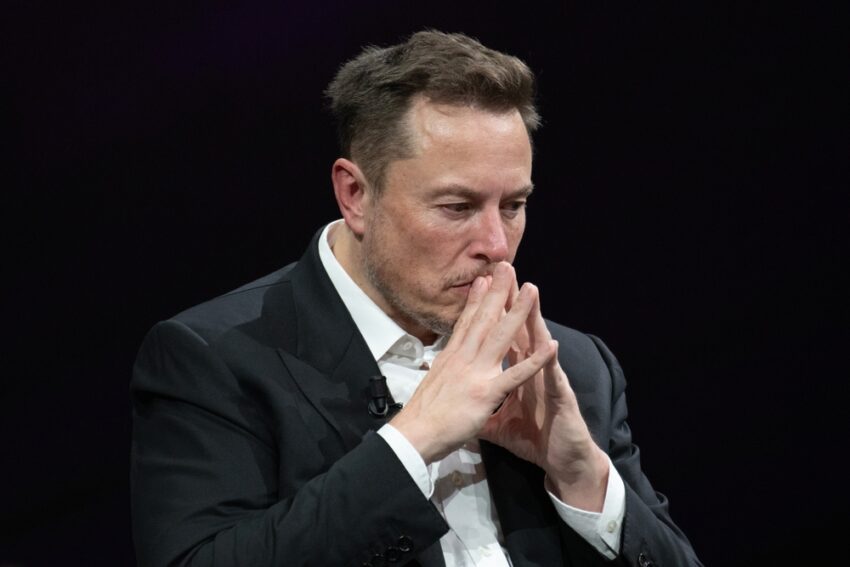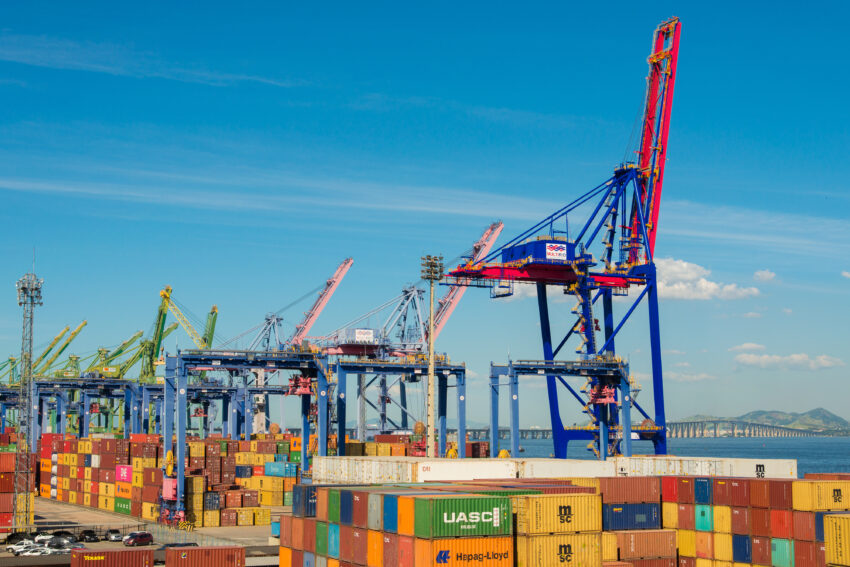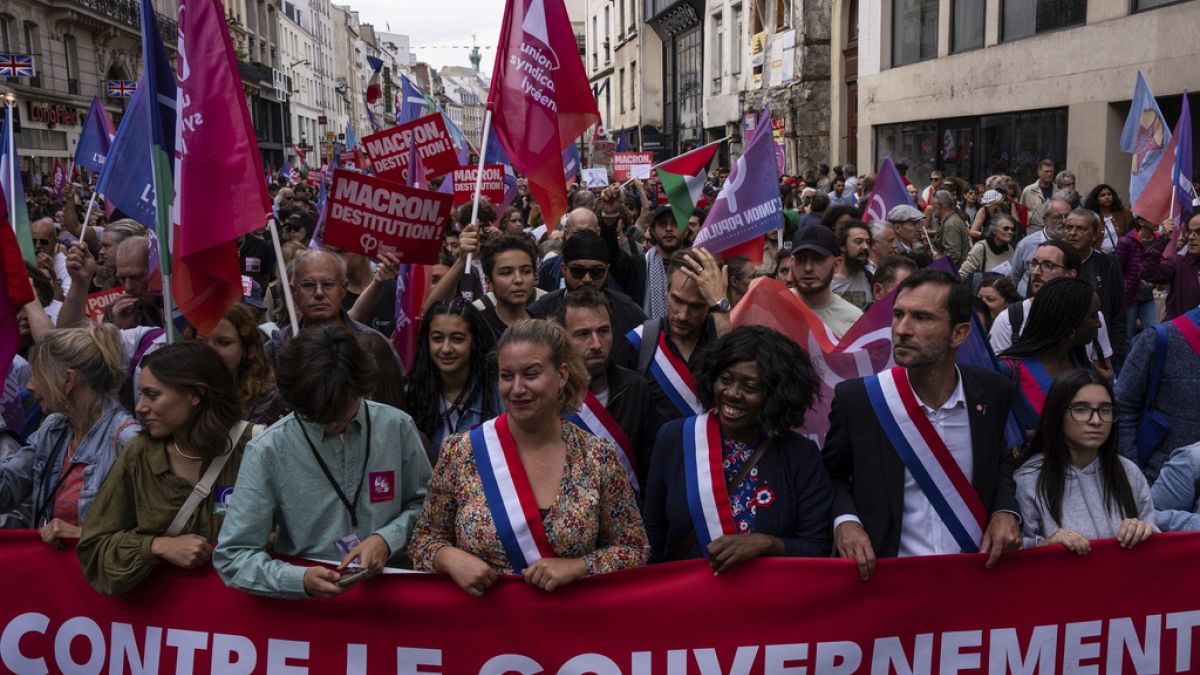How the English Premier League conquered Washington, DC’s elite
In the seat of U.S. power, soccer has become a lubricant for all-important networking.
WASHINGTON — As striker Mo Salah scored a second goal for Liverpool with six minutes left against Aston Villa, Exiles Bar in Washington erupted.
The Reds’ fans on the American east coast might have been 3,500 miles from the action across the Atlantic in Anfield, but they were no less elated about what was sure to be a clean 2-0 win.
“This is my perfect outcome,” said Jessica Finn, a Liverpool supporter who works for a marketing firm running projects for nonprofits and trade groups. “I do not like a close game.”
The bar on U Street in northwest D.C. was packed with Americans clad in Liverpool shirts, scarves and baseball caps, clutching pints of Guinness. One punter wore a retro away strip in green.
“You’ll never walk alone” — the English club’s anthem — was printed on a banner hanging opposite the bar, while a mural of former Liverpool manager, Jürgen Klopp, adorned a wall in the beer garden.
Exiles Bar is the second LFC drinking hole in D.C., following the Queen Vic on H Street in the northeast. There are also bars dedicated to Arsenal, Chelsea and a host of other top-flight teams in the Premier League, where dedicated team supporters pile in during matches.
Premier League bars have also popped up in other cities across the United States — an indicator of how football (or soccer, to differentiate it from the American brand of football) is gripping the nation.
Increasingly popular
According to the latest research from marketing firm For Soccer, the Premier League is now the most watched football league in the U.S.
The number describing themselves as brand new fans is up 400 percent in 2023-24 compared with the year before, while the number describing themselves as fans for five years or less is up 57 percent. Women are the main drivers of new fandom, according to For Soccer, in part because the national female team has seen big successes.
American football is without doubt still the dominant sport in the U.S. (and its fandom in Britain is growing to boot) but polls show interest in soccer is not too far behind that of basketball and baseball, with one recent survey for For Soccer even suggesting it had overtaken them.
In the past, soccer was a popular girls’ game in the U.S., but rarely played by adults and men. The national men’s league (Major League Soccer) is growing in recognition, however, particularly after a series of prominent European and South American players joined up, and Americans’ support for the U.S. international teams is also increasing.
With the men’s World Cup set to be hosted across Canada, Mexico, and the United States in 2026, soccer love is set to grow further and faster.

In Washington, the political epicenter of the U.S., soccer has become another lubricant for the all-important networking that oils the corridors of power.
“It’s a great way to bond and build connections,” said Adam Hodge, an Arsenal supporter and former spokesperson in the White House under President Joe Biden. “It lends itself to a mix of talking about work and talking about our clubs.”
Political pundits
Hodge became an Arsenal fan after watching Thierry Henry in the 2002 World Cup and tracing the former striker back to his then-squad.
He said there were numerous Premier League fans in the White House who would crowd around phone screens during official trips to catch snatches of games. There’s even an open channel for Arsenal fans on the business software tool Slack, where D.C. staffers, reporters and business reps chat about league tables.
In the D.C. bubble, soccer can be a good opener to grab the attention of networking targets. “Belated congrats on West Ham’s success!” read one cold pitch from a research firm to a reporter who lists their Premier League team on their social media profile.
It’s little surprise interest in soccer has soared over the past decade in D.C., since many fans argue it appeals to internationalists and professionals — a group making up a huge proportion of the population in the seat of government. It’s a somewhat different fanbase from the sport’s working class roots in Britain.
Andrew Snigur, a tax auditor watching the Liverpool game at Exiles Bar, said American football — also known as “gridiron” — is the more working class sport in the U.S., while soccer attracts an office-based audience interested in European culture.
“Soccer is a more quote-unquote finessed sport than American football,” he added. “American football is a more aggressive sport. I think that’s a huge part of why soccer is maybe a more white-collar thing.”
The internationalist aspect is more important than class, said Finn, quoted at the top of this article. “It’s a sport for people who have exposure to the world outside of America,” she argued, noting that could also include immigrants and their offspring, regardless of wealth.
Rules of the game
The exoticism of an international sport and familial ties are not the sole motivators for American followers.
Liverpool fans at Exiles also praised the fewer ad breaks during soccer games. Commercials are shown only at half time, meaning 45 minutes of continuous action, whereas baseball and American football have constant stoppages for ads.

Others mentioned the finite game length — another contrast with the big American sports — and the simple desire to have another league to follow once the American college football season ends.
But the U.S. still has holdouts against soccer, with numerous fans insisting gridiron would remain king.
Erin Connor, also in marketing, argued many Americans were closed-minded about such a low-scoring game which, on the face of it, seems bereft of action.
“A 1-0 score is not compelling to most people in America,” she argued, contrasting soccer to the double digit outcomes in most American football and especially basketball games, where scores of more than 100 are common. “It’s hard for them to wrap their heads around what the point would be of watching it.”
More players on the pitch
Nevertheless, the rise in Americans discovering a love for soccer shows no sign of slowing.
Numerous people watching Liverpool at Exiles Bar had decided to become fans just this season to be part of a global movement or have skin in the game while their friends and colleagues chatted about the Premier League.
They picked Liverpool for the squad’s blue-collar roots, because of its links to their favorite college football teams, or simply because Exiles was their local.
“My boss is a Tottenham fan,” said Shawn Driver, who works in the defense sector. “He’s not happy I chose Liverpool. But that’s the best way to bond — when you have something to talk shit about.”
When Hodge, the former White House spokesperson, first began following Arsenal in 2002, he would spot the occasional top-flight Premier League strip around Washington on match days.
Now the shirts are ubiquitous, no matter the date, and include some lesser-known teams such as Wolverhampton Wanderers and Queens Park Rangers. The multitude of fans and range of strips exploded after NBC began airing games in 2013, leading other broadcasters to follow suit.
“It’s proper football fandom and I think it’s indicative of the growth of the sport around the world,” explained Hodge. “It’s a sport that connects people across all time zones and all political persuasions.”
What's Your Reaction?







